 Whether someone reacts positively or negatively depends on the type of noise involved.
Whether someone reacts positively or negatively depends on the type of noise involved.
Noise: the underestimated danger to the environment. All day long, we are surrounded by sounds. Whether we perceive them as noise, does not depend on the objectively measurable volume alone. Therefore even the noise of waste water draining from a neighbour's apartment at night when it is quiet can result in a very real negative effect on the quality of life.
With good planning and acoustically optimised installation systems, specialist planners and plumbers ensure that the waste water installation does its job in a whisper-quiet way and without causing annoying noise.
 |
|
A dripping water tap is measured at 20 db(A) but can drive people crazy. |
As a forward-looking and innovative company specialising in sanitary technology, Geberit is not just interested in meeting challenges, but actively seeks them out. Acoustics and statics are just two of the nine areas of technology in which Geberit is currently investing. Together, it is helping to set new trends in the latest developments and the optimisation of products.
The company‘s Building Technology and Acoustics Laboratory, which is the only one of its kind in Europe, is used to test the acoustic and static characteristics of individual components as well as entire installation systems. The highly qualified engineers and specialists bring their technical knowledge and experience to bear in the field of applied research and use them to optimise Geberit products. Amongst other things, the purpose-built laboratory can be used to simulate sound transmission in a multi-storey residential building. As a result, it is possible to test and improve the noise behaviour not only of individual components, but also of entire installation systems. A wide range of tools and equipment have been developed in-house for the structural statics tests that are used to test the load-bearing capacity and deformation of Geberit products
From a physical standpoint, the acoustic noise which reaches our ears is a vibration of air molecules, which produces small pressure fluctuations in the ear. The intensity of acoustic noise is thus indicated by fluctuations in air pressure. Because these fluctuations cover a range of between one and one billion, we express the acoustic noise level on a logarithmic scale “the decibel unit (dB)”. Above 40 dB(A), a decrease or increase in the acoustic noise level of 10 dB(A) is perceived as the loudness doubling or halving. Only differences in the acoustic noise level of at least 3 dB(A) are discernible. There is no point talking about differences of 1 db(A).
 |
|
The sleeping person is disturbed by the noise. For the man this is no problem because the occuring sound is normal |
Noise levels in everyday life
The quiescent level in a building is approx. 20 db(A). This value depends on the general quality of the building construction. In the case of poor external insulation (windows), the quiescent level may be as high as 25/30 db(A). Sound pressure level of different sound sources and acoustic effects.
Sensitivity to noise and noise perception are subjective
Different people respond to sound in different ways. Often, it is not the volume of noise that is the key factor in determining whether someone reacts positively or negatively, but the type of noise involved. The best example of this is that a dripping water faucet (extremely low sound level) can be more annoying than loud music (high sound level) at a rock concert. The difference between sound (pleasant) and noise (unpleasant) is that noise is always what someone else is making and not what I myself am doing (sound). In DIN standards in the context of sound insulation, the maximum permissible sound level values have been established (e.g. DIN in Germany) in order to protect other persons in adjacent third-party areas. DIN standards enjoy international recognition. However, sound insulation guidelines may vary depending on country-specific factors.
 |
|
|
Solid-borne sound and airborne sound Solid-borne sound is acoustic noise which emanates from something solid. This includes various phenomena such as tremors and earthquakes which transmit vibrations to buildings, vehicles, machines etc. Solid-borne sound can mainly be discerned by humans at low frequencies. It is only airborne sounds emanating from the vibrating solid object which are audible.
 |
|
|
Airborne sound is defined as sound waves which spread through the air. Airborne sounds are generated by humans, animals, installations or machines and spread through the air. Solid components contain airborne sound.
 |
|
|
Measures for preventing or reducing airborne and solid-borne sound
The term “sound insulation“ primarily refers to measures designed to prevent sound from being generated in the first place but at a secondary level, it also refers to measures designed to prevent sound transmission.
Airborne sound has to be encapsulated
• By heavy duct walls
• By sound insulation pipes
 |
|
|
Solid-borne sound has to be separated by means of soft, insulated fastenings and insulation of wall and ceiling penetrations. If solid-borne sound insulation is not implemented consistently, sound bridges can result that undermine the success of the sound insulation measures.
Here are links to a brochure containing full information on the topic: https://shares.showellapp.com/Q4nbevnU45cVhjfDgXGUKGUJ/9
And a nice power point presentation on this topic: https://shares.showellapp.com/OpYvDme88u2mjRpvE8aaqkDF/b



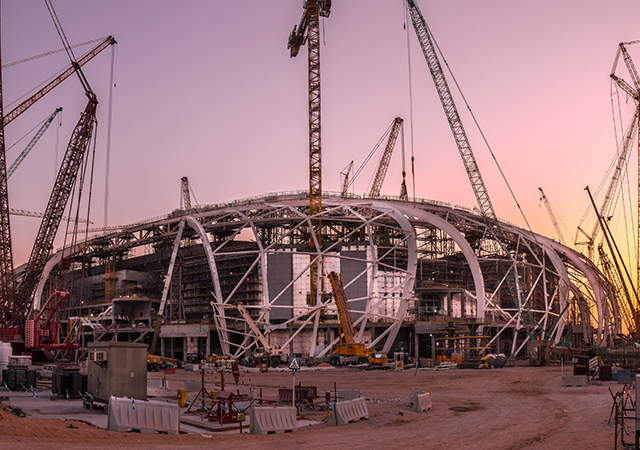
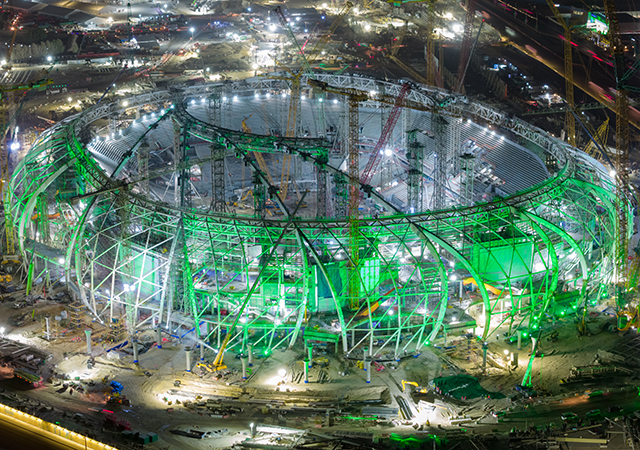



.jpg)



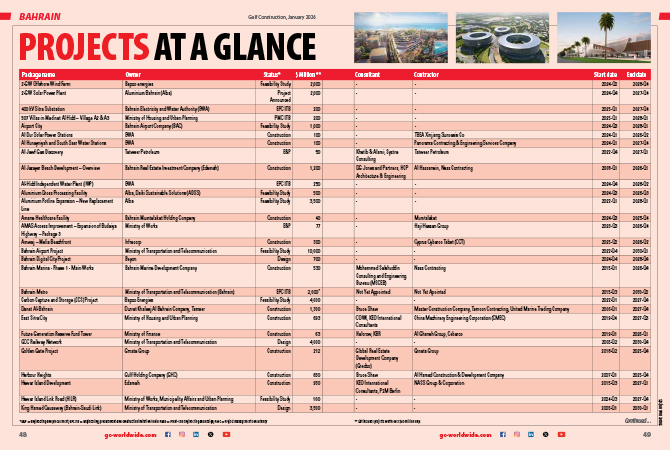
.jpg)

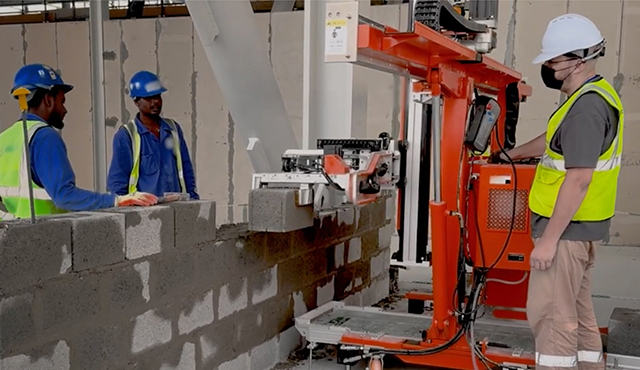
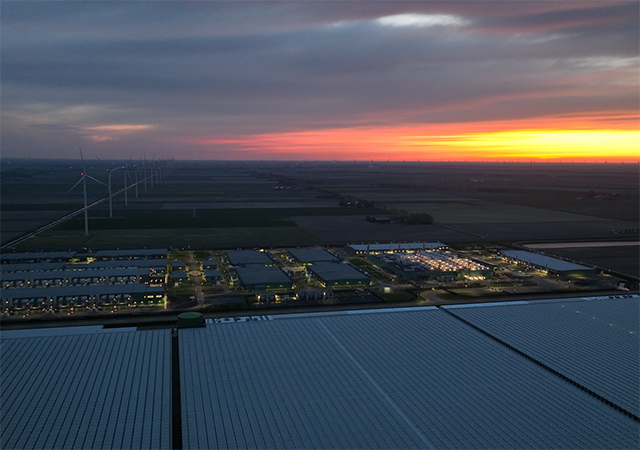
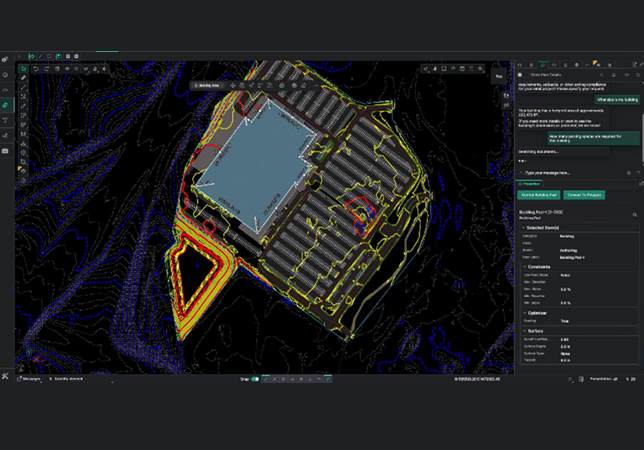

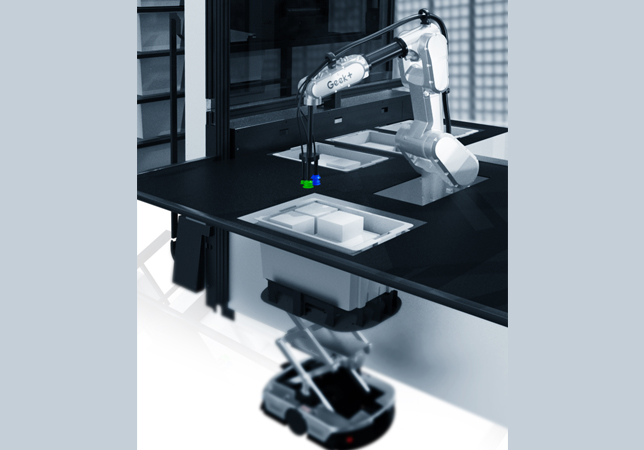


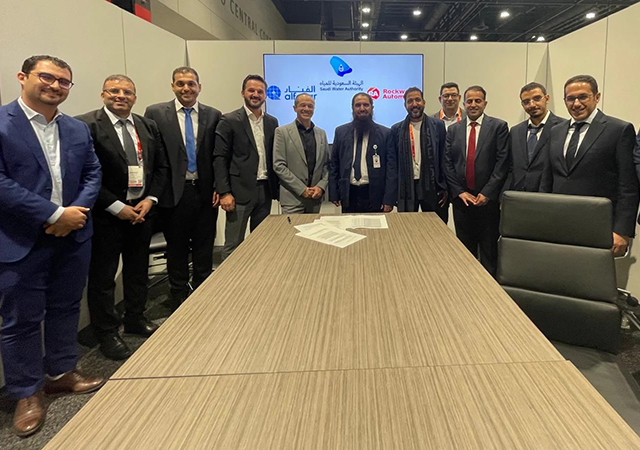

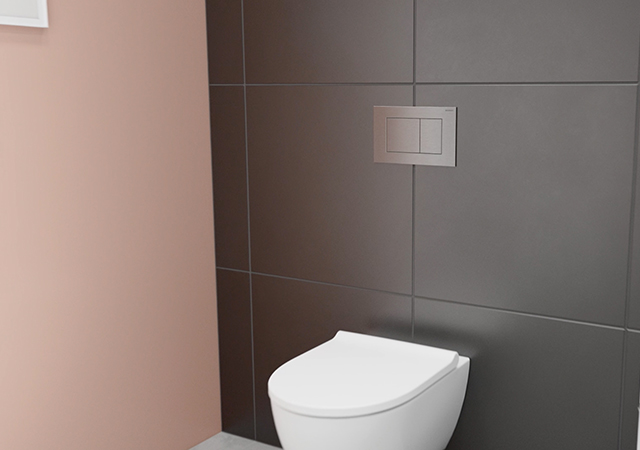
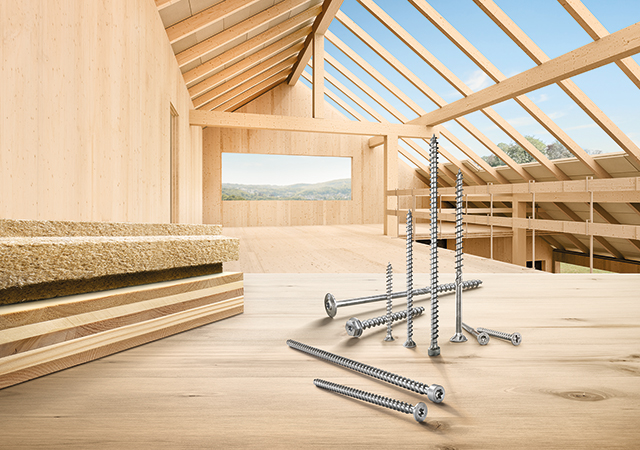


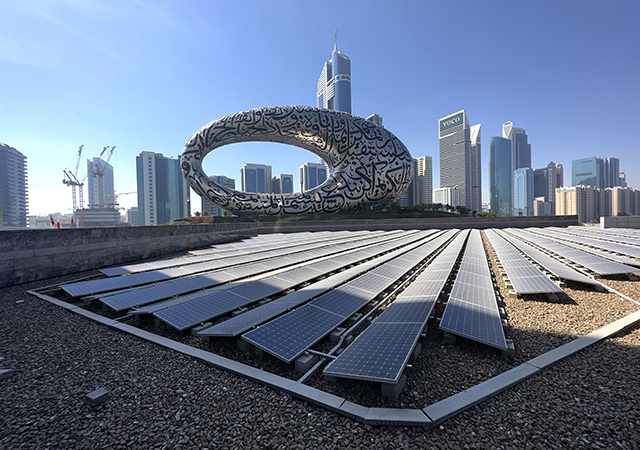
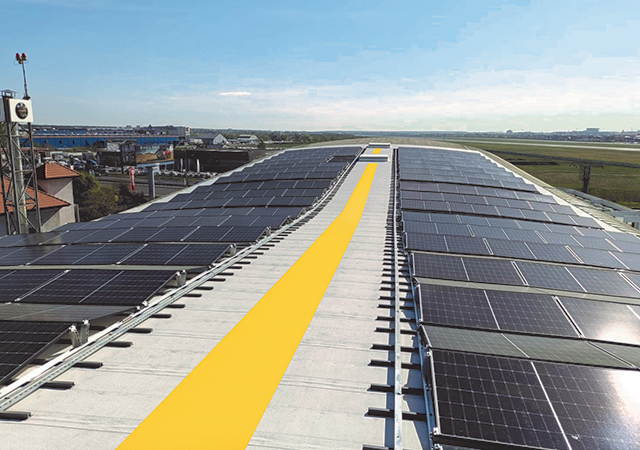
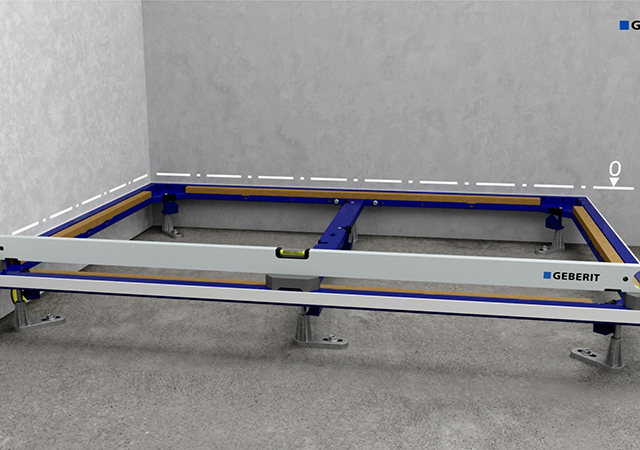






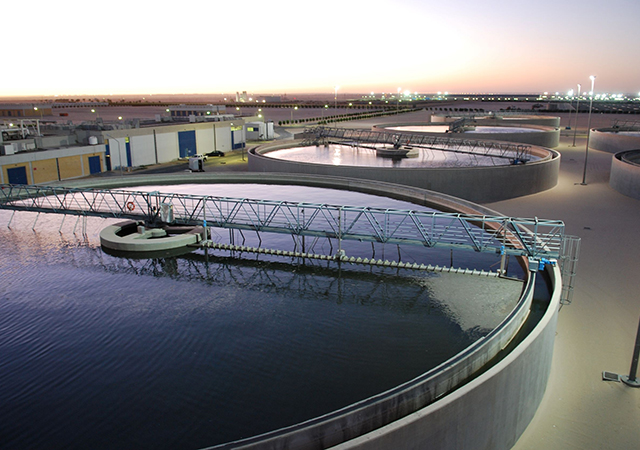
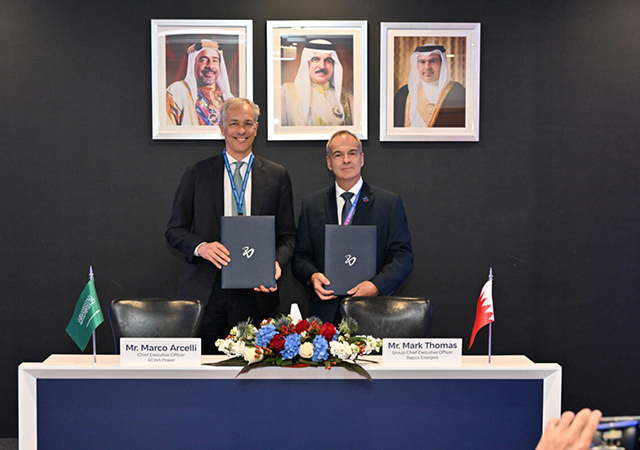


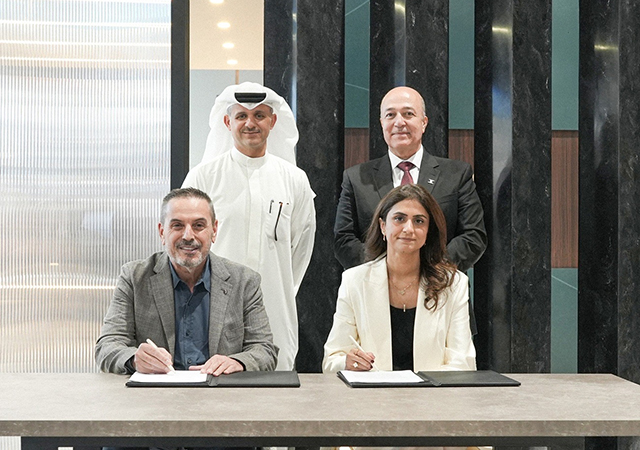
.jpg)
































